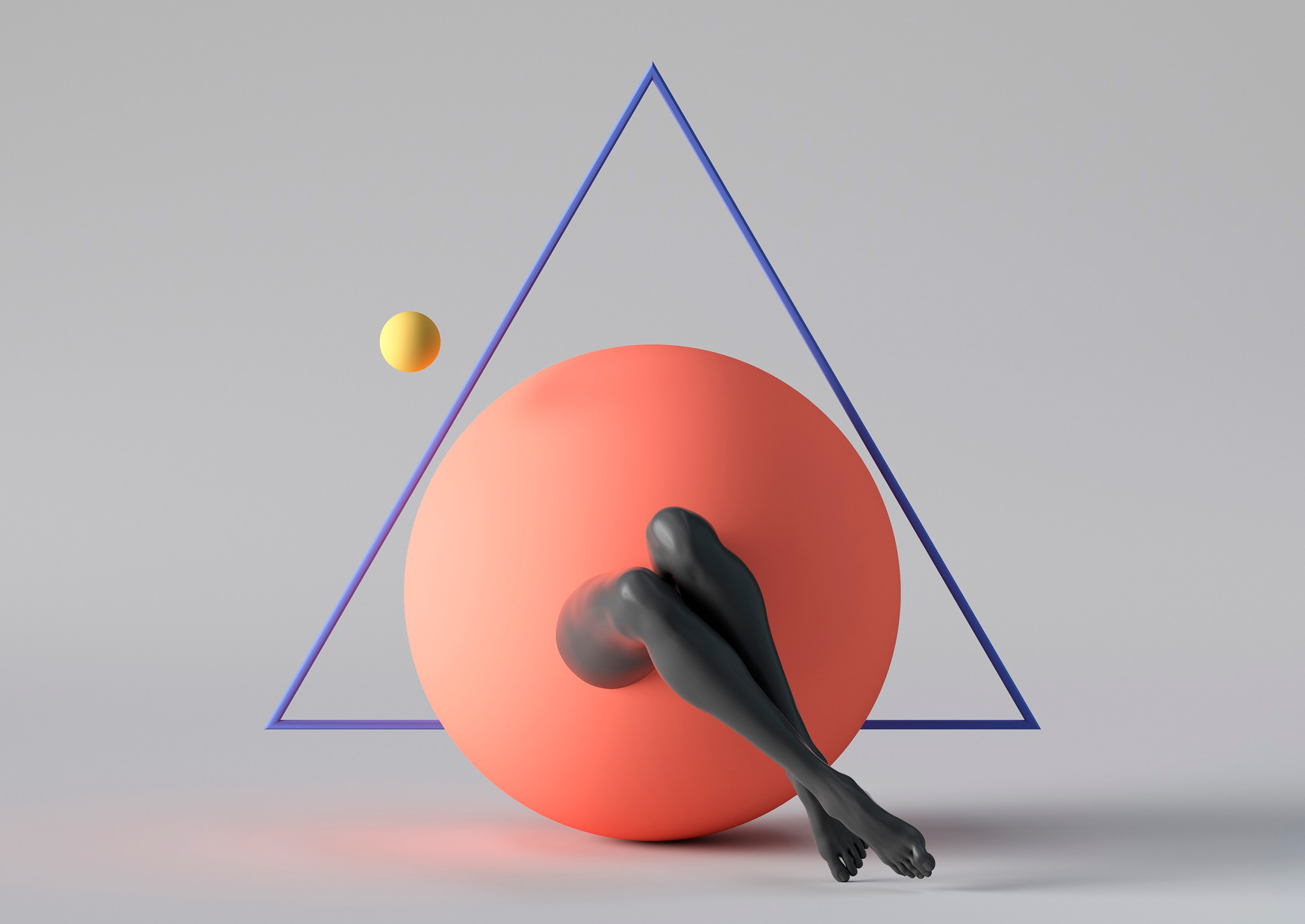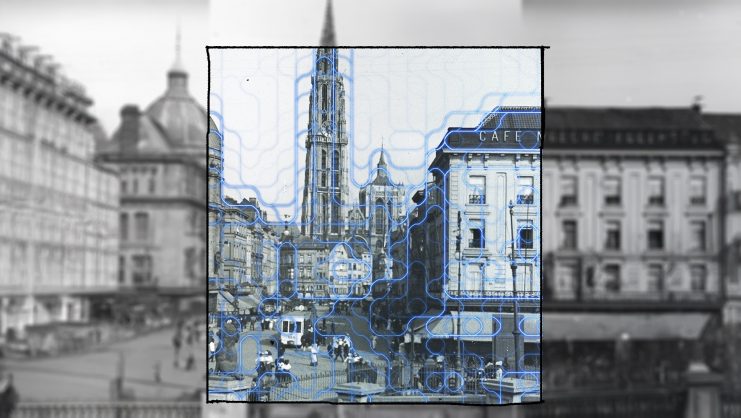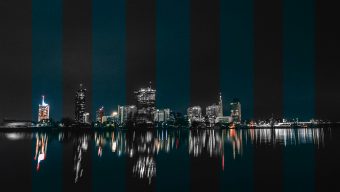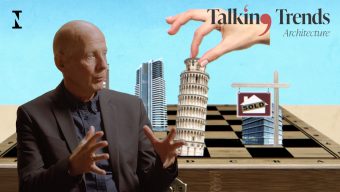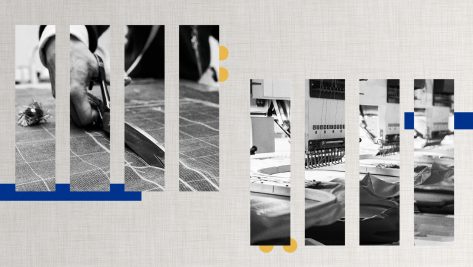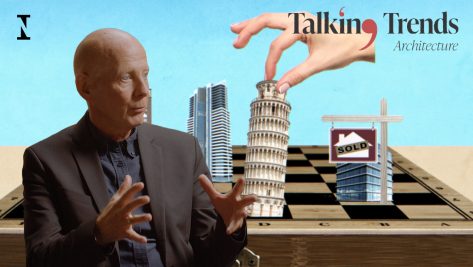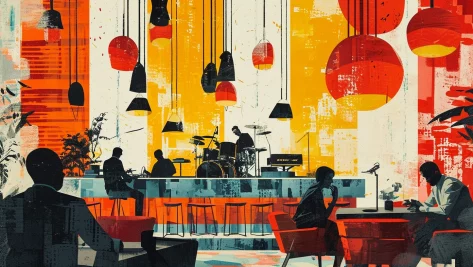While it may seem obvious, we designers still find the need to defend just how important life – taken as a whole, in its complex entirety – is to design. The “center” of design is and should be the human being, the evolution of human beings’ environment, the basis of their actions and the elements that surround those actions, and especially the consideration of their resources. And because we beings represent a multitude of experiences, opinions, and ways of living, each one of us deserves to be considered as a reference, especially in the design of experiences, in user-centered design, and in the conception of new strategies that should not only involve human life, but any form of life. And, when I say any form of life, I mean including the planet itself.
Human Centered Design (HCD) is a methodology with the core belief that in order to design truly applicable solutions for people, designers must develop an empathetic understanding of their needs. HCD is founded on a mix of fields including psychology, anthropology, the arts, and engineering. Today, in business and technical fields, it is known as a “creative approach to problem solving” and rather famously championed by IDEO’s design thinking strategy, which is applied to a range of fields such as marketing and the sciences. It is even making its way into the legal industry.
HCD requires designers to be, first and foremost, observant. With these observations, they must consider the user (the human being) and its new evolution or growth. This is where we can take HCD and expand it into Life Centered Design (LCD). Where HCD considers the human, LCD opens the methodology to consider life, all of it, striving for an indivisible whole that goes beyond sustainability. The focus of Life Centered Design is the future, evolving with the challenges and opportunities that are to come, and taking an active part in the creation of something that lasts through time. The truth is that, in today’s world of constant innovation and change (for better and for worse), designers can no longer focus just on the product and how users interact with the product. A bigger picture has come into focus and designers must design for geopolitical and climate crises, for fluctuating economic standards, for longer life expectancies, and for ever-evolving individual-centric concepts such as happiness and purpose. We must now design for Life. And within the LCD model, systemic sustainability, organic research, and integrated innovation are examples of how to provide points of view that enable designers to go deeper.
For example, in her book LO-TEK. Design by Radical Indigenism, the designer and environmentalist Julia Watson details how the nature-based global movement of Lo-Tek design and climate resilient design is not only in reference to infrastructures with less investment in technology but about finding a balance that brings us to our origin, with a balance of available resources.
Neri Oxman, the designer, scientist, and founder of the Mediated Matter Group at MIT’s Media Lab has, for years, been promoting fabrics and organic forms that can bring human beings closer to their essence within the natural environment. She does this by considering living beings in all their dimension and using this as the basis of holistic experimentation. Beyond biomimicry, Oxman’s work leads us to look at design not only in the conventions established for human beings throughout history, but also as living beings on the planet. As profiled in Surface magazine, Oxman will continue her pursuit of radically realigning methods of design and production with the natural world with her latest endeavor: a 36,000-square-foot life sciences lab in NYC.
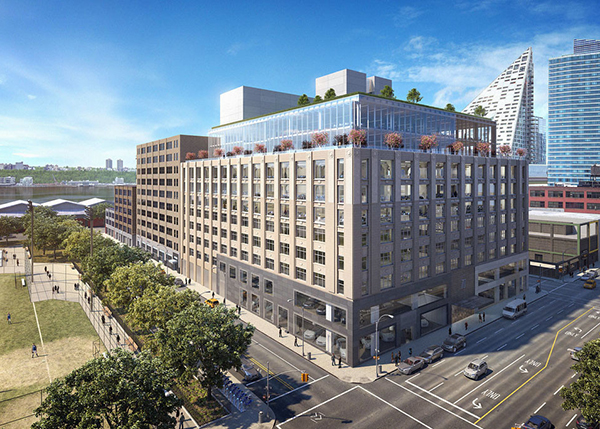 The life science hub at the mixed-use 787 Eleventh Avenue, New York
The life science hub at the mixed-use 787 Eleventh Avenue, New York
Image courtesy of The Georgetown Company
Architect Ellen van Loon is a partner at OMA, a practice that operates at the boundary of architecture and urbanism. Her work is often about combining the rational and the irrational, the practical and the emotional, and in this way she integrates nature throughout the process. With the School of Science and Sport for Brighton College, inaugurated at the beginning of 2020, van Loon introduces structural transparency to imbue both themes and types of physical and mental training with an integrated vision of nature. Her focus is on students’ interaction with one another and with their environment, maintaining that the purpose of an education space for “bolstering interaction and exchange.”
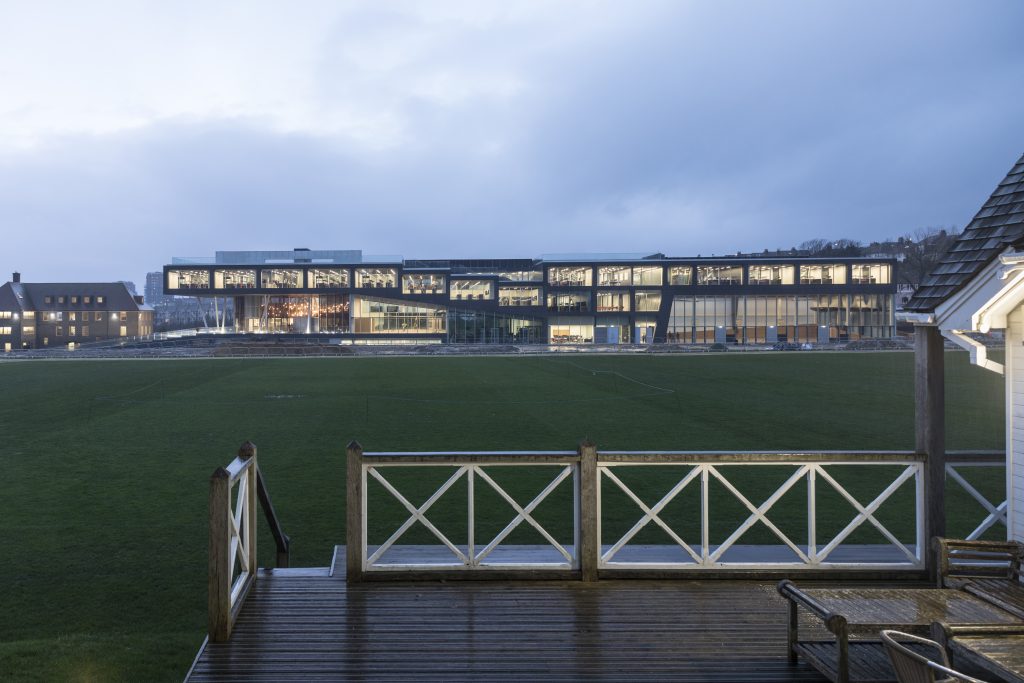 School of Science and Sport, Brighton College
School of Science and Sport, Brighton College
Photograph by Laurian Ghinitoiu, Courtesy of OMA
Similarly, in her work on the redesign for Rijnstraat 8, the multi-Ministry building for The Hague, van Loon focused on making the building to be as “open to the public as possible” with a design that transmits transparency and exchange, a building that is “visitor-friendly, while being protected by invisible security systems.”
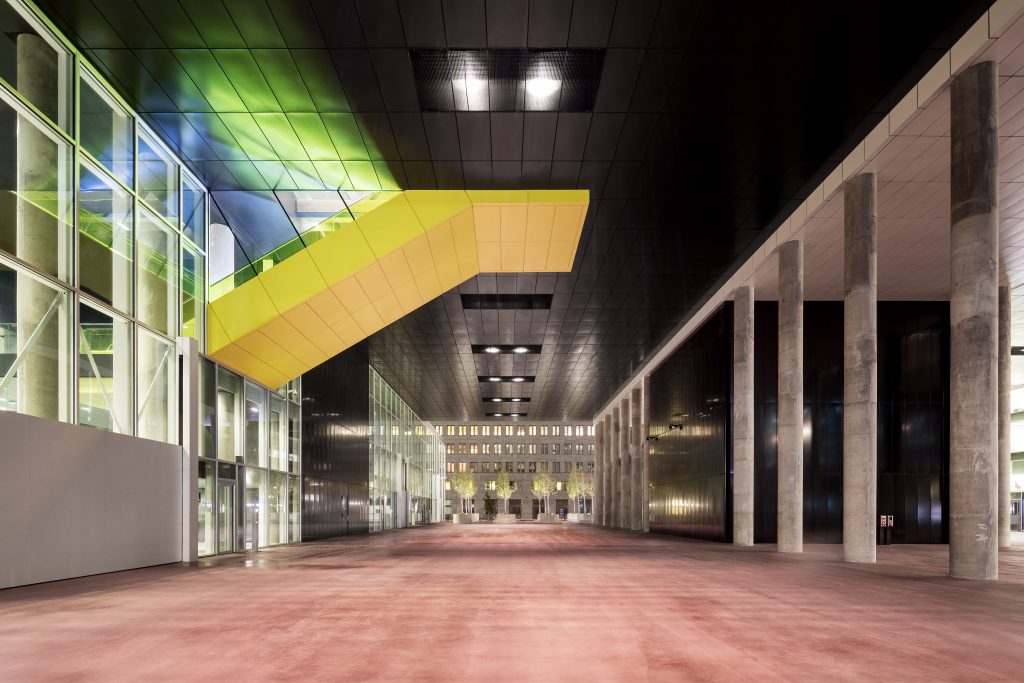 Rijnstraat 8
Rijnstraat 8
Photograph by Delfino Sisto Legnani and Marco Cappelletti, Courtesy of OMA
In each and every field related to design or architecture, one will find countless projects, in all corners of the world, that showcase a natural evolution, a change in the focus of design from the single product, the single building, to something that not only represents the greater whole but also adds to it. This is the premise of projects such as the Madrid Design Festival’s “Atlas of Design Culture in Spain” in 2022, which investigated and analyzed the next steps of each design perspective and how they are integrated through research and knowledge. The ongoing project “reflects, through design, the changing reality of the 21st century context and its interaction with Spanish society and culture.” A focus centered on life, not just the human part of life. The diffusion of the new considerations of design means that it is now essential to extend the field’s capacities, its breadth of vision, and thereby enable its potential impact, especially in a social design that takes into account the importance of tackling transformation within such grand themes as peace, poverty, human rights, the climate change, and deforestation… to name just a few. This is the transcendent and obvious challenge we must face, implementing Life Centered Design if we are to hope for a better life for the future. As the Madrid Design Festival’s Atlas project details, the importance of design lies in its aptitude to be a core of positive and efficient transformation, in optimizing resources, environment, and also human beings.
© IE Insights.



